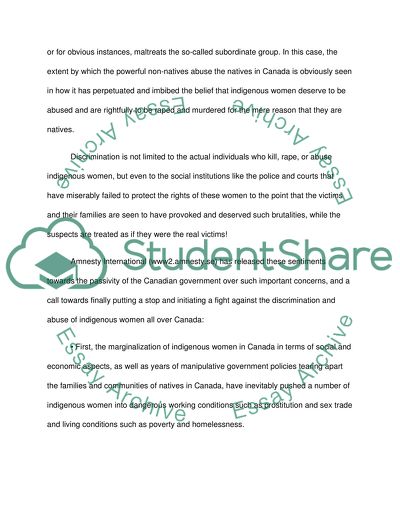Cite this document
(“The Fight Against Discrimination and Violence Against the Indigenous Essay”, n.d.)
The Fight Against Discrimination and Violence Against the Indigenous Essay. Retrieved from https://studentshare.org/politics/1533063-current-event-essay
The Fight Against Discrimination and Violence Against the Indigenous Essay. Retrieved from https://studentshare.org/politics/1533063-current-event-essay
(The Fight Against Discrimination and Violence Against the Indigenous Essay)
The Fight Against Discrimination and Violence Against the Indigenous Essay. https://studentshare.org/politics/1533063-current-event-essay.
The Fight Against Discrimination and Violence Against the Indigenous Essay. https://studentshare.org/politics/1533063-current-event-essay.
“The Fight Against Discrimination and Violence Against the Indigenous Essay”, n.d. https://studentshare.org/politics/1533063-current-event-essay.


